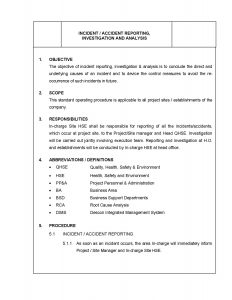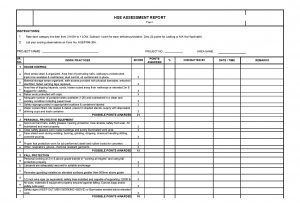History about Great Fire of London
History about Great Fire of Lomdon
The Great Fire of London was a major conflagration that swept through the central parts of London, England, from September 2 to September 6, 1666. The fire started in a baker’s shop in Pudding Lane and quickly spread, fueled by the densely packed wooden buildings and strong winds. Despite the efforts of firefighters and volunteers, the fire raged for four days, destroying much of the city, including 87 churches, the Royal Exchange, and the Bridewell Palace.
The fire was a turning point in the history of London and led to significant changes in the city’s architecture and urban planning. In the aftermath of the fire, a rebuilding program was launched, and new building codes were introduced, requiring the use of brick and stone in construction, and the widening of streets to reduce the risk of fire spreading.
The Great Fire of London is remembered as one of the most significant events in the city’s history and continues to be studied by historians and architects. It serves as a reminder of the importance of planning and preparation in responding to disasters and the need for continued efforts to minimize the risk of similar events in the future.
What was Emergency Responce on the Great Fire of Lomdon
The emergency response to the Great Fire of London was limited by the technology and resources available at the time. Despite the efforts of firefighters and volunteers, the fire was largely uncontrolled, and the response was hampered by the lack of a coordinated and organized effort.
Some of the actions taken during the emergency response to the Great Fire of London included:
Firefighting: Firefighters and volunteers attempted to extinguish the flames using buckets of water, but their efforts were limited by the lack of firefighting equipment and the strong winds that fueled the fire.
Evacuation: Residents and business owners were evacuated from the affected areas to ensure their safety.
Demolition: In an effort to create firebreaks and limit the spread of the fire, buildings were deliberately demolished to create open spaces.
Relief efforts: The community rallied to provide food, shelter, and other necessities to those affected by the fire.
Despite the limitations of the emergency response, the fire was eventually brought under control, and the rebuilding program began soon after. The Great Fire of London served as a wake-up call for the importance of planning and preparation in responding to disasters and the need for continued efforts to minimize the risk.
What was action taken to aviod the Fire after Great Fire of Lomdon
After the Great Fire of London, several measures were taken to avoid similar events in the future and improve the city’s resilience to disasters. Some of these measures include:
Building codes: New building codes were introduced, requiring the use of brick and stone in construction, and the widening of streets to reduce the risk of fire spreading.
Firefighting equipment: Firefighting equipment was improved, and new methods of firefighting were developed, including the creation of firefighting brigades.
Urban planning: The rebuilding program led to significant changes in the city’s architecture and urban planning, with the creation of more open spaces and wider streets to improve access for firefighters.
Insurance: Insurance companies were established to provide coverage for losses due to fire, promoting greater risk management and mitigation efforts.
Public education: Public education campaigns were launched to raise awareness of the dangers of fire and encourage fire safety practices, such as the proper storage of flammable materials and the use of fireproof materials in construction.
These measures helped to improve the city’s resilience to disasters and reduce the risk of future fires. The Great Fire of London continues to serve as a reminder of the importance of planning and preparation in responding to disasters and the need for continued efforts to minimize the risk of similar events in the future.
🔰 Share This Post Maximum

Download HSE Dashboard

Download HSE Statistics Reporting Formats 🚨

Download HSE Inspection Plan & Essential HSE Document

Risk Assessment for Brick Work

Download HSE Report Formats

Download HSE Risk Assessment

Test Your Knowledge with Confined Space Entry Rescue

Download HSE Statistics Report Format

Downloads Editable HSE Rеporting Formats

Download Monthly HSE Rеport

ILO Free HSE Courses

Download HSE Reporting Formats

Download HSE Checklists and HSE Risk Assessments

Enhance Workplace Safety: Free HSE Formats at hseprof.com

Download Comprеhеnsivе HSE Rеport in PowеrPoint Now

Test Your Knowledge about H2S Safety at Workplace

Editable HSE Formats in MS Word & Excel

HSE Docs | HSE Procedure for Arc Welding Safety

HSE Docs | HSE Procedure for Handling & Storage of Chemicals

HSE Docs | Download HSE Procedure Handling of Waste Concrete

Download QHSE Publication SOP HSE Docs

Download HSE Monitoring & Controlling SOP HSE Docs

HSE Incident / Accident Reporting SOP HSE Docs

HSE Planning & Auditing SOP HSE Docs

Download HSE Near Miss Report Template HSE Docs

HSE Hazard Identification Sheet Template HSE Docs

Download HSE Assessment Report Template ( HSE Docs)
Download Typical HSE Hazard List Template( HSE Docs Library )

Download HSE Warning Form Template ( HSE Docs Library)




